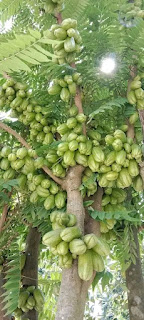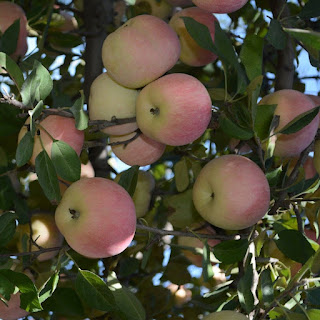Fig ( Angeer)
Fig a Specie of Fig Tree
Common Name
- Angeer
- Fig
Botanical Name
Ficus carica
Name Story:
Common fig:
The most amazing thing about this plant is that the flowers bloom in the inflorescence, so many people think that it can produce fruit instead of flowering. The word fig, first recorded in English in the 13th century which is derived from Old French figue. Also, it is the most common plant in the genus, it is then called common fig.
Characteristics:
Plant Type: Tree, Shrub
Lifespan: Perennial
Bloom Time: Spring, summer
Plant Height: 10 to 33 feet
Spread: 10 feet
Flower Size: 1 inch
Habitat: Amongst rocks, Woods, Soils
Flower Color: GreenYellowPurpleBlack
Leaf Color: Green
Fruit Color: Yellow, Green
Stem Color: Brown, Bronze
Information
Ficus carica, colloquially known as the fig, is a deciduous small tree or shrub widely known for its sweet, chewy fruits. This shrubby plant has a very, very long cultivation history.
The earliest evidence of its cultivation was found in the Jordan Valley and go all the way back to the tenth millennium BC.
What part of the fig is toxic?
Fig contains mild irritants that can be toxic to animals including cats, dogs and horses when the leaves or unripe fruits are ingested, while the ripe fruits are harmless to animals.
Tips from Garden Coaches:
Plants of genus Ficus can be planted in a garden or maintained indoors. Its attractive green leaves require a warm, humid environment; we consider it a medium level difficulty plant to care.
Interesting Facts:
Fig plants are actually not without flowers. Fig trees are dioecious, but both male and female flowers are born in a closed receptacle, and are invisible.
Figs enjoy a unique position in Buddhism and are regarded as sacred objects by pilgrims known as "sacred wood".
Conditions Requirement
Sunlight:
Full sun to partial sun
Hardiness:
10 ℉
Hardiness Zones:
6 to 12
Soil:
Sand, chalky, loam; well drained; neutral, slightly alkaline
Difficulty Rating:
Fig is super easy to take care of, with resistance to almost all pests and diseases. It is a perfect option for gardeners with brown thumbs.
Care Guide:
Water:
Common fig is a drought-tolerant tree that can withstand prolonged periods without rainfall; however, for optimal yield, it's advised to keep your tree hydrated.
Regular moisture during fruiting time will ensure large and high-quality fruit. Common fig doesn't tolerate soggy soil, so allow it to dry out a little between waterings.
Fertilization:
Fertilization once in spring.
Pruning:
Shape the plant every 2 months during the growing season.
Planting Time:
Spring, autumn
Harvest Time:
Late summer, Early autumn
Propagation:
Cutting, Layering
Potting Suggestions:
Needs excellent drainage in pots.
Pests and Diseases:
Spider mites, Thrips, Thripidae, and scale insects
Scientific classification
Genus:
Ficus - Fig trees, Figs
Family:
Moraceae - Mulberry, Fig
Order:
Rosales - Roses, elms, figs, and allies
Class:
Magnoliopsida - Dicotyledons, Dicots, Eudicots
Phylum:
Tracheophyta - Vascular plants, Seed plants, Ferns, Tracheophytes
Uses:
Environmental Protection Value
The common fig has obvious noise reduction effects, resistance to toxic gases and pollution, and wind prevention and sand fixation.
Economic Value
It is fast to put into production and enjoys quick economic returns.
Garden Use
The fig can be planted in both urban yards and in the countryside. This tree is appreciated for its attractive appearance, sweet, edible fruit, and distinctive, appealing silhouette even after it drops its foliage in the winter. It is used as an ornamental and in produce gardens and orchards. This tree pairs well with most garden plants, including other fruits like applies, strawberries, and elderberries, as well as herbs such as rosemary, tarragon, and lavender.




Comments
Post a Comment